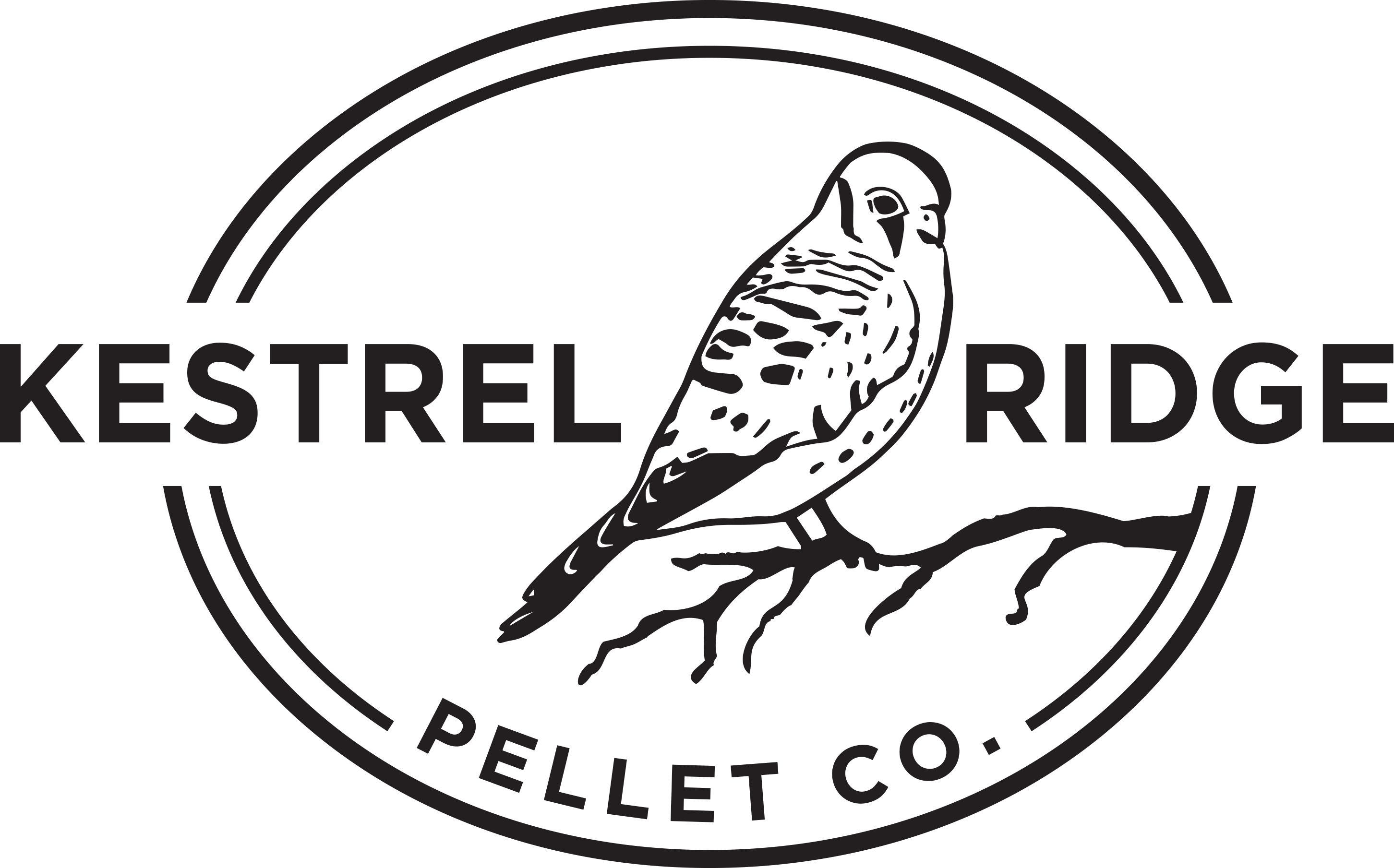FAQs
- Are wool pellets effective?
- Yes! Wool is an amazing fiber and we are applying these benefits into your garden and house plants. The most beneficial trait of wool pellets is their ability to retain water. Our wool pellets hold more than 3x their weight in water and with their constant expansion and contraction, they’ll increase the porosity of your soil which brings nutrients to the roots of your plants.
- The nutrient release curve of wool pellets is constant throughout the growing season. They begin releasing nitrogen, potassium, and other micronutrients immediately and continue to do so as they slowly biodegrade in about 6 months. We test our wool pellets at a certified agricultural testing laboratory.
- Read our recent blog post about our wool pellet research with a local vegetable producer.
- If you’d like us to send you more research regarding wool pellets, please email us at krpelletco@gmail.com.
- Where can I use wool pellets?
- Wool pellets are quite versatile. You can use them in your indoor or outdoor potted plants, planters, raised garden beds, or directly into the ground for larger gardens.
- They’re also great for seed starting. They retain moisture well, so if you’re starting seeds in trays, you might want to reduce your watering a little, but they have plenty of nitrogen for seedling growth. Read our blog about using wool pellets as part of your seed starting mix which includes a seed starting recipe.
- How many wool pellets do I need?
- The optimum application rate of wool pellets is 2-5% of total soil volume. This equates to about 1/2 cup per gallon of soil or 1 pound per 10 sq. ft. of garden. We’ve created a graphic and table to use for the most common pot sizes that's included with every purchase. But you can apply wool pellets at a greater rate, they won’t burn your plants. Just mix wool pellets into your soil at the recommend amount and let the wool work its magic!
-
Read our blog post all about how to use wool pellets

- Are wool pellets safe for use around pets?
- Yes! Our wool pellets are all-natural and made from 100% sheep wool. Pets (especially dogs) may be attracted to the smell of wool pellets, but once the wool pellets are mixed in with the soil, the smell is not noticeable. While we don’t suggest you let your pets consume wool pellets, they present no inherent danger in proximity to your furry family members!
- How often do I reapply wool pellets?
- Wool pellets biodegrade in soil in about 6 months, so for optimum results, reapply every 6 months.
- Do wool pellets make my plants smell bad?
- Our pellets are 100% sheep wool, so they have the distinct smell of sheep. The smell mostly derives from the natural oil, lanolin, that coats the wool fiber. However, when you mix the wool pellets into the soil, the smell goes away and is not noticeable, so feel free to use inside your greenhouse or home!
- Do you offer bulk pricing if I want more than 1, 3, 10 or 20 pound packages?
- Yes, we can work with you to get a bulk delivery of wool pellets. The minimum order for bulk pricing is 25 pounds. Contact us at krpelletco@gmail.com if you’re interested in this option.
- Why not just use the wool for clothing, socks, etc?
- In our region, sheep producers primarily get their revenue from lamb sales, not wool. The sheep's wool is usually coarse which means that it would be itchy or irritating on your skin. Nevertheless, these sheep still need to be shorn every year, but sheep producers might only get $0.50/sheep fleece (if they can sell it at all) and the cost of shearing is around $8/sheep. This can result in a loss of several thousand dollars depending on the size of the sheep flock! Our solution: WOOL PELLETS! We are purchasing this second-rate wool at a higher price to create a market for it and to help offset the cost of shearing for the sheep producers. We then process this wool into pellets that can easily be applied as a sustainable, all-natural plant soil amendment/fertilizer.
- Where do you get your wool from?
- We source all our wool within a 200-mile radius of our ranch based in south central Nebraska! We work with a local sheep shearing crew to source our wool which helps cut down our carbon cost associated with transportation.
- Why did you choose compostable packaging?
- Compostable packaging is one of the best alternatives to petroleum-based plastics.
- Sourced from wood cellulose and other bio-based resins.
- Non-toxic packaging ensures products are not damaged or wasted.
- At the end of its life, it is composted and used to enrich the soil.
- The entire bag and labels are compostable! Throw them directly into your home compost and mix or if your city has industrial composting, you can take it there too.
If you have any further questions, please feel free to reach out to us at krpelletco@gmail.com
